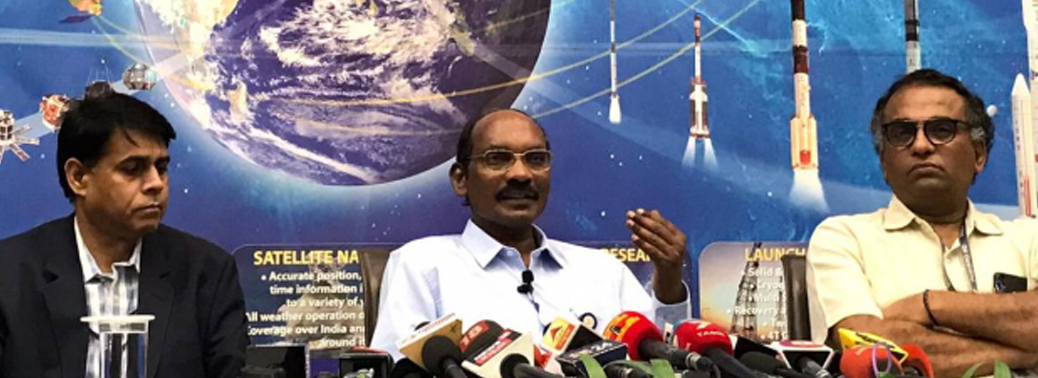GAGANYAAN AND CHANDRAYAAN-3
03, Jan 2020

Prelims level : Space Technology
Mains level : GS-III Awareness in the fields of IT, Space, Computers, Robotics, Nano-Technology, Bio-Technology and Issues Relating to Intellectual Property Rights
Context:
- ISRO is working in mission mode for 2 important space missions including Gaganyaan and Chandrayaan 3. It has also finalized Thoothukudi district in TN for its second launch port after Sriharikota.
About Gaganyaan:
- Recently the Union Cabinet approved Rs 10,000 crore for India’s 1st Human spaceflight programme, Gaganyaan to be launched by 2022.
- The Gaganyaan programme will include two unmanned flights to be launched in December 2020 and July 2021 and one human space flight to be launched in December 2021.
- It is the India’s first human spaceflight will carry 3 astronauts to a low earth orbit of 300 to 400 kilometres on board GSLV Mark III vehicle, for at least 7 days.
- ISRO is also launching test flights with humanoids by end of this year to conduct micro-gravity experiments. If successful, India would be the 4th country to send manned mission after the Russia, USA and China.
About the Components of Gaganyaan
- GSLV Mk-III with an indigenous cryogenic engine is capable of delivering heavier payloads deeper into space.
- ISRO successfully tested an experimental flight of GSLX Mk-III in 2014
- It has successfully launched the first “developmental” flight of GSLV Mk-III carrying GSAT-19 satellite into space in 2017.
About the Crew Module:
- The crew module carrying three Indians will be attached with a service module. The two modules will be integrated with an advanced GSLV Mk III rocket.
- The crew members will be selected by the IAF and ISR. The crew will perform micro-gravity and other scientific experiments for a week.
About Crew Module Atmospheric Re-entry technology – CARE:
- The Satellites that are launched for communication or remote sensing are meant to remain in space.
- When re-entering Earth’s atmosphere, the spacecraft needs to withstand very high temperatures created due to friction.
- CARE (Crew Module Atmospheric Re-entry Experiment) capsule successfully demonstrated that it could survive atmospheric re-entry.
About Crew Escape System:
- It is an emergency accident avoidance measure designed to quickly get astronauts and their spacecraft away from the launch vehicle if a malfunction occurs during the initial stage of the launch.
- ISRO completed the first successful flight ‘pad abort test’ (pat) or Crew Escape System in 2018.
Environmental Control & Life Support System ECLSS
- ECLSS will
- Maintain steady cabin pressure and air composition
- Remove carbon dioxide and other harmful gases
- Control temperature and humidity
- Manage parameters like fire detection and suppression
- The layout, design and configuration of ECLSS inside the crew module have been finalized.
- The crew module carrying human beings must have conditions inside suitable for humans to live comfortably.
About Chandrayaan-3:
- ISRO has also announced Chandrayaan-3, a soft-landing mission, after the failure of Vikram Lander under Chandrayaan 2.
- Its moon Lander will be the first to land in southern hemisphere of moon surface.
- While the Orbiter of Chandrayaan 2 is in the lunar orbit, the Lander and Rover failed after the lander crash-landed on lunar surface.
- Although scores of landers sent by Russia, the U.S. and the Chinese have explored the moon’s surface, so far, no other agency has landed in the southern hemisphere of the moon. ISRO hopes to be the first to do so.
- It will be almost a repetition of the July 2019 Chandrayaan-2 mission in the configuration of spacecraft, the landing spot on the moon and the experiments to be conducted on the lunar surface.
- As per ISRO, the total cost of Chandrayaan-3 mission will be over Rs 600 crores. In comparison, the total cost of the Chandrayaan-2 mission was Rs 960 crores.







